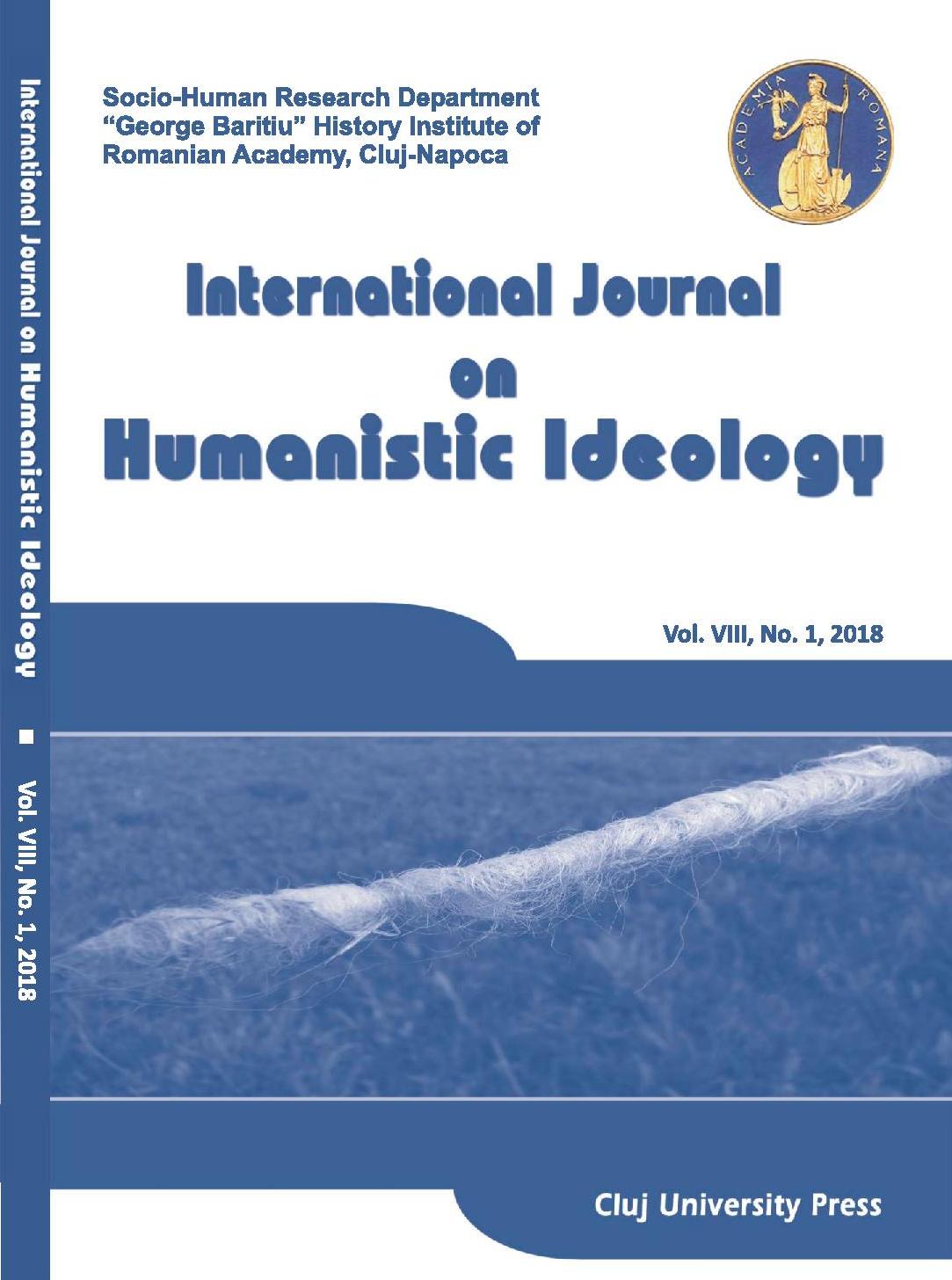Minority Perceptions of Majoritarian Religion: Interpreting Symbolism of Sinhala Buddhism in Contemporary Sri Lanka
Minority Perceptions of Majoritarian Religion: Interpreting Symbolism of Sinhala Buddhism in Contemporary Sri Lanka
Author(s): S. Chaminda PadmakumaraSubject(s): Politics / Political Sciences, Philosophy, Social Sciences, Theology and Religion
Published by: Presa Universitara Clujeana
Keywords: Popular Buddhism;Devotional Symbolism;Radical Symbolism;Sinhala Buddhist Ideology
Summary/Abstract: In every religion, devotees often employ religious symbols and adapt them into their own socio-political and cultural spectrums. This religious symbolism has been mostly identified as a surface manifestation of contested socio-political spheres. In the context of Sri Lanka, Buddhism which is nurtured and fortified with its core doctrinal teaching and majoritarian protection is no exception. Therefore, the devotional practices of Buddhism are interwoven with the texture of devotees’ daily experience and have very intangible manifestation in everyday life. At an analytical level, these popular practices are subjugated by twofold performative domains. One is the devotional or conventional symbolism through which the devotees satisfy their devotional and emotional needs by performing various ceremonial and ritual acts. The other is radical or contemporary symbolism which manifests a certain religious identity for Buddhists while distinguishing themselves from other religious and ethnic entities. The devotional symbolism largely connected with the use of symbolic objects like Buddhist flag, Dhamma Chakka, images of Buddha and his disciples, secret Bodhi tree and other audio-visual icons for fulfilling devotional needs. In contrast to the basic rounds of rituals and ceremonies of devotional symbolism in Buddhism, radical symbolism is exposed to a more politicized domain where the conventional Buddhist symbols are being politically reinterpreted and utilized for certain political identity formation. In this line of thoughts, it is evident that contemporary Buddhism is not only fabricated by such ideological and political manifestations but also conceive an active role in politics in Sri Lanka. This turn has significantly transformed conventional Buddhist symbolism into more radicalized and self-styled one.
Journal: International Journal on Humanistic Ideology
- Issue Year: VIII/2018
- Issue No: 01
- Page Range: 105-116
- Page Count: 11
- Language: English

